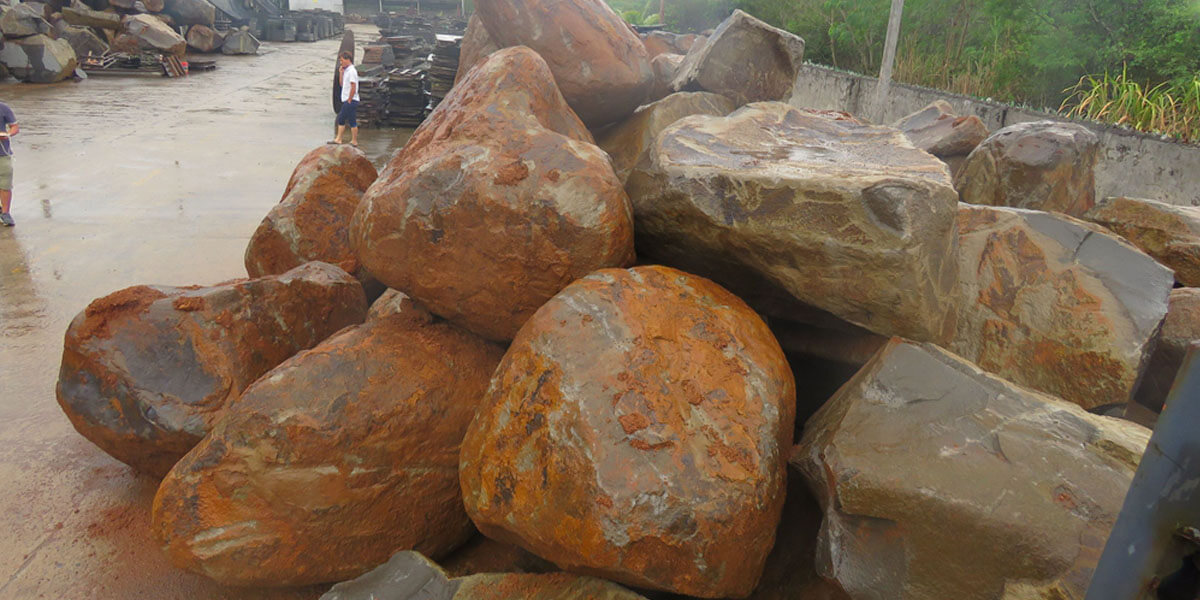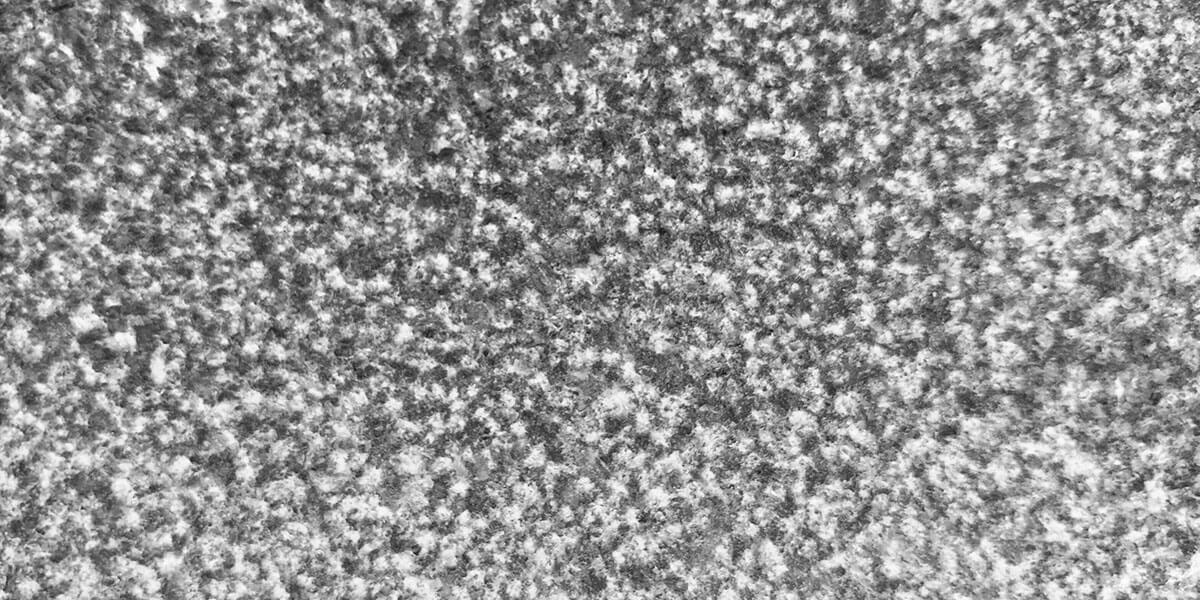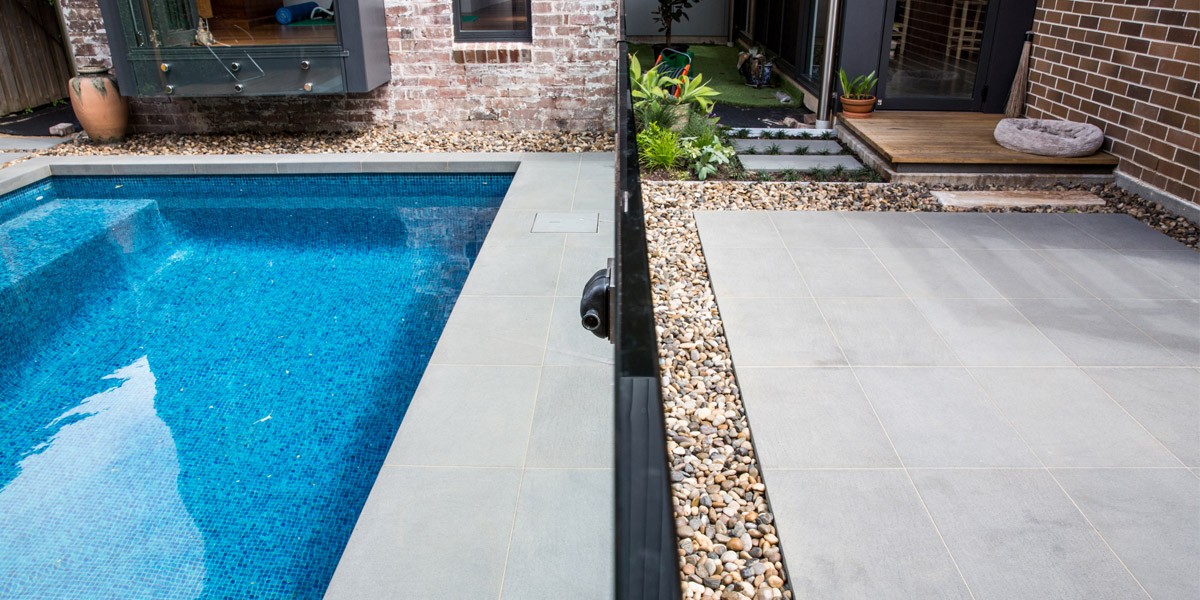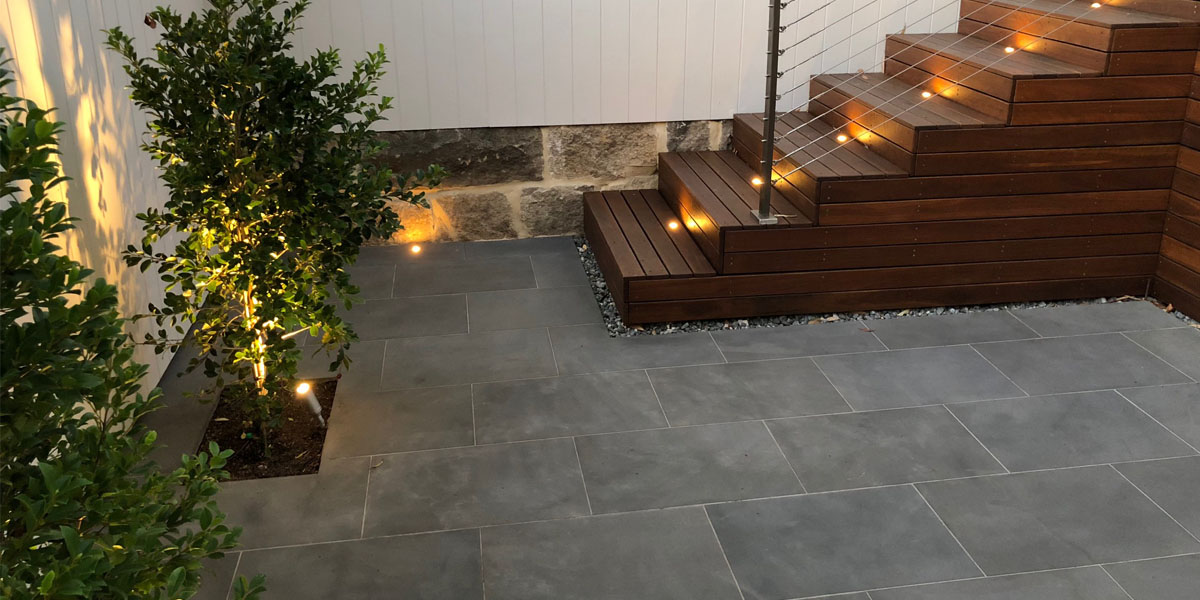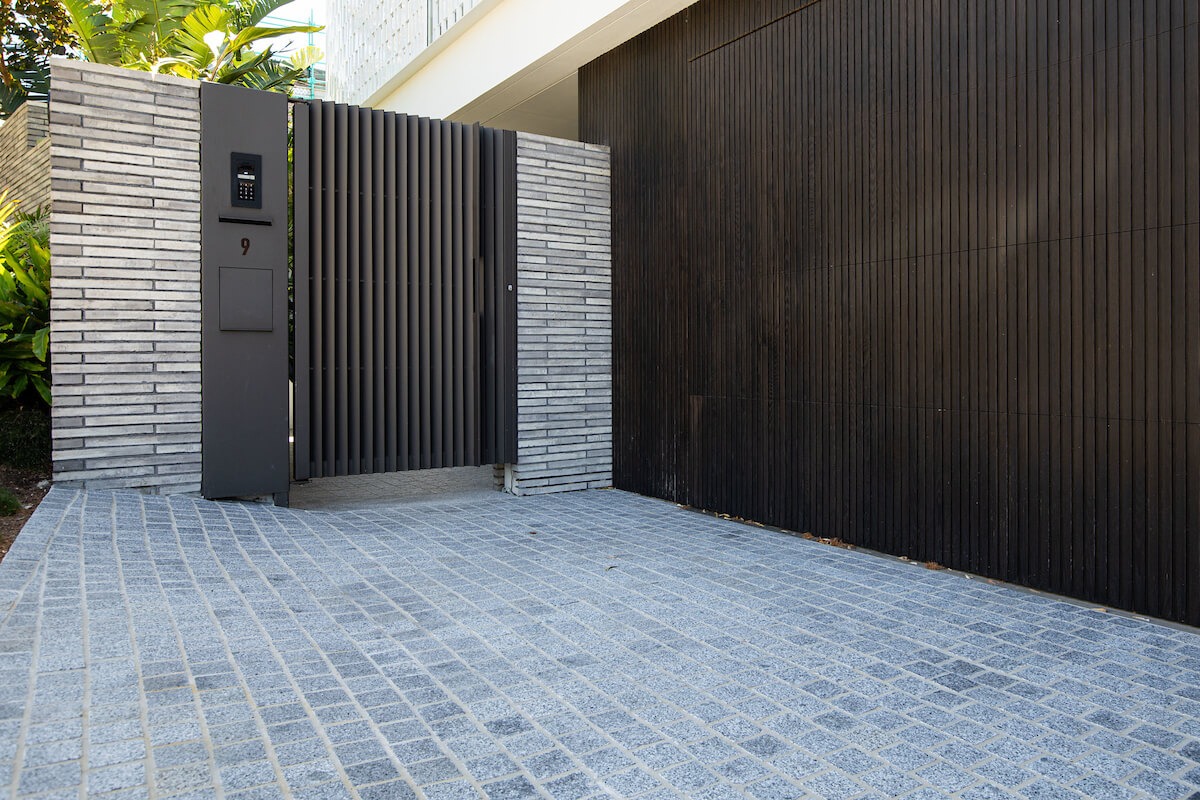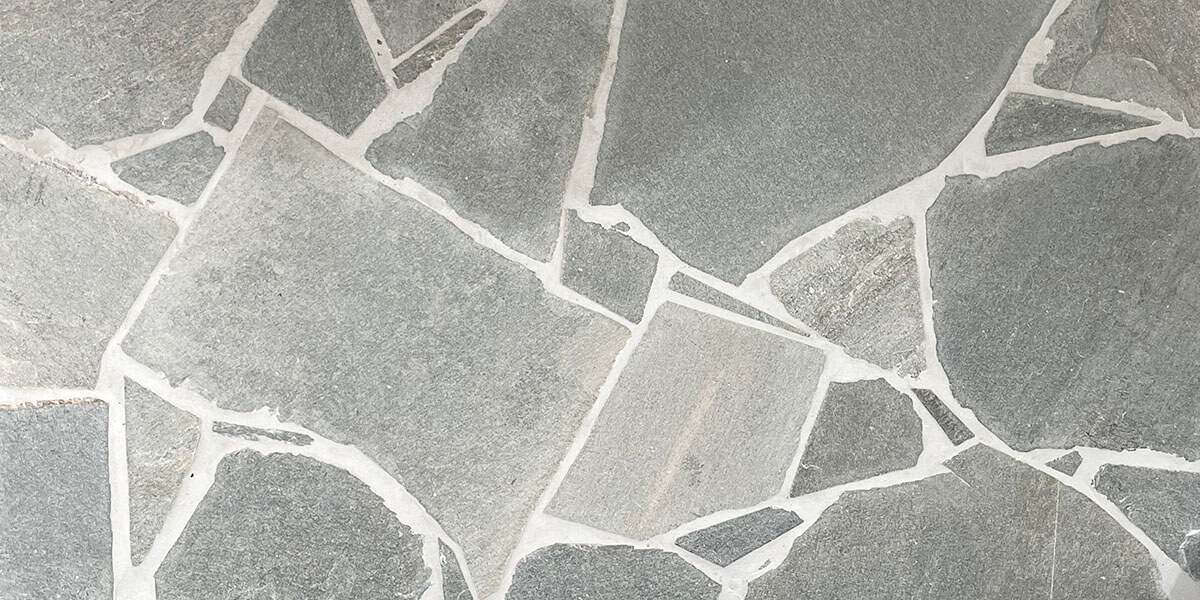6 Things You Need Know When Using Bluestone Flooring Outdoors
1. What are Bluestone pavers made of?
“Bluestone” is a cultural name for a basalt stone.
This is an igneous (volcanic) rock that forms after lava cools.
Bluestone pavers are used widely in modern-day architecture and are loved by architects and homeowners alike.
The “cat paws” throughout the stone truly bring out the volcanic properties of the rock and add a raw feel to any project.
This is probably why bluestone is also a popular choice with many Australians.
Bluestone Boulders
2. Where are Bluestone pavers suitable to use?
Bluestone is an appropriate paver for your courtyard, patio and even poolside area. Bluestone pavers are also available as accessory products, like natural organic shaped stepping stones that can transcend simple walking paths into exciting focal points.
Bluestone pavers are dense and hard-wearing. As such, they stand the test of time and can easily withstand harsh weather conditions. This is why they are suitable for most residential or commercial applications.
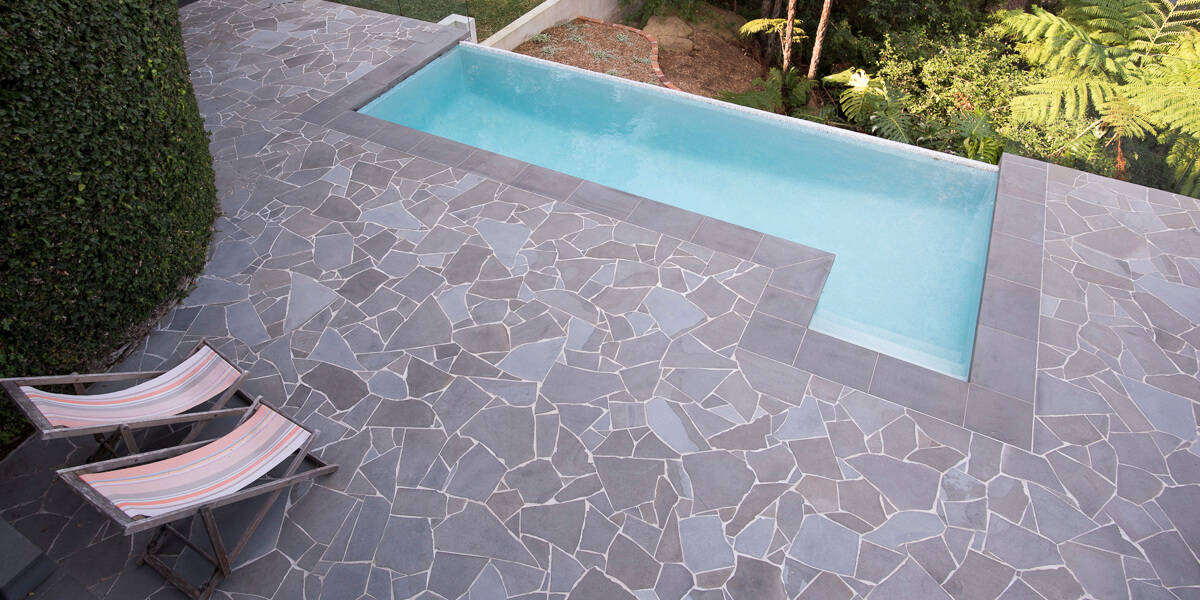
Due to their durability and salt-resistance, bluestone pavers are also a wise choice for pool coping and general poolside areas. They can also be used in other outdoor areas that are susceptible to changing weather conditions. Bluestone pavers also have a P5, high-grade slip rating. So if you need a stone that gives you security for your family’s safety, this stone is definitely worth your consideration.
The combination of dark blue, grey and charcoal hues creates a minimalist feel in the stone and gives a sleek contemporary finish without hindering surrounding garden environments.
Bluestone pavers mainly come in Sawn, Sawn & Honed and Flamed finishes. So let’s take a look at them individually:
- Sawn finishes have sawn marks on the surface of the stone. This type of finish highlights the grey tones throughout the stone and gives it an enviable character throughout. If you are looking for a plain and clean look for an outdoor space that is open to the elements, a sawn finish is an ideal choice.
The rough surface on a sawn finish is created by cutting the stone with a diamond blade. This typically makes the stone lighter and gives it additional grip strength, which makes it an excellent choice for outdoor paving.
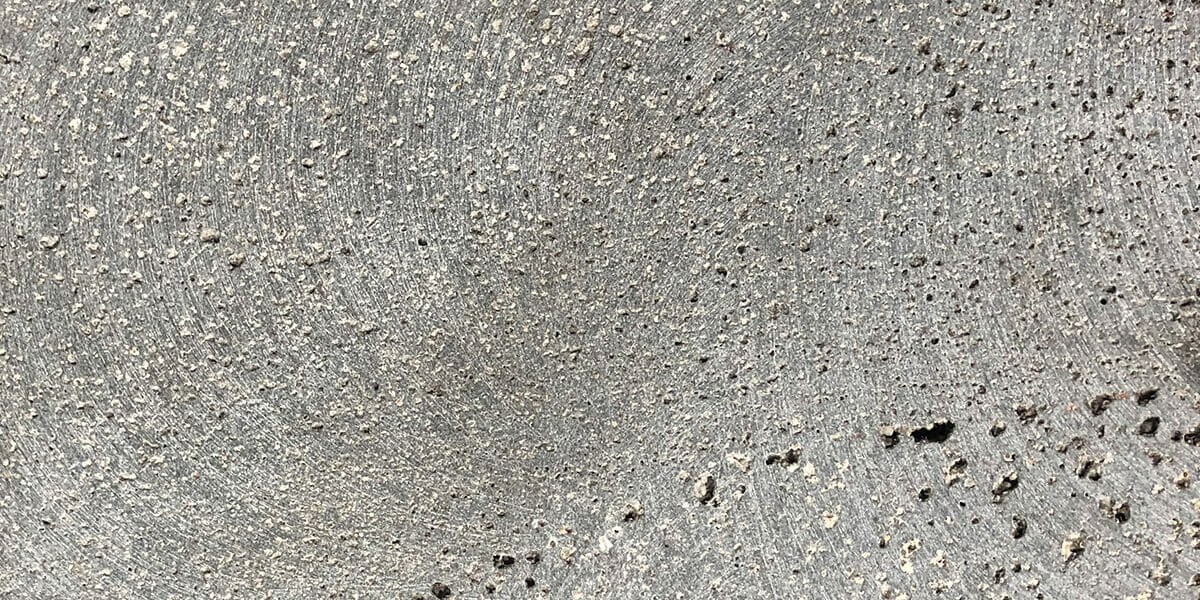
- Sawn & Honed finishes are non-slip and smooth on the feet. This makes them a perfect paving solution for areas that are exposed to ever-changing weather conditions and environments and foot traffic areas.
How are these finishes created?
The stones are first sawned (as we explained above). Next, they are honed (sharpened) in such a way that hides the saw marks but still keeps the stone’s surface non-slip. This process gives a P5 (Pendulum 5) finish. A Pendulum Test for P rating basically measures the stone’s surface slip rating. P5 is the highest grade of grip strength and means that the surface is the highest non-slip grade.
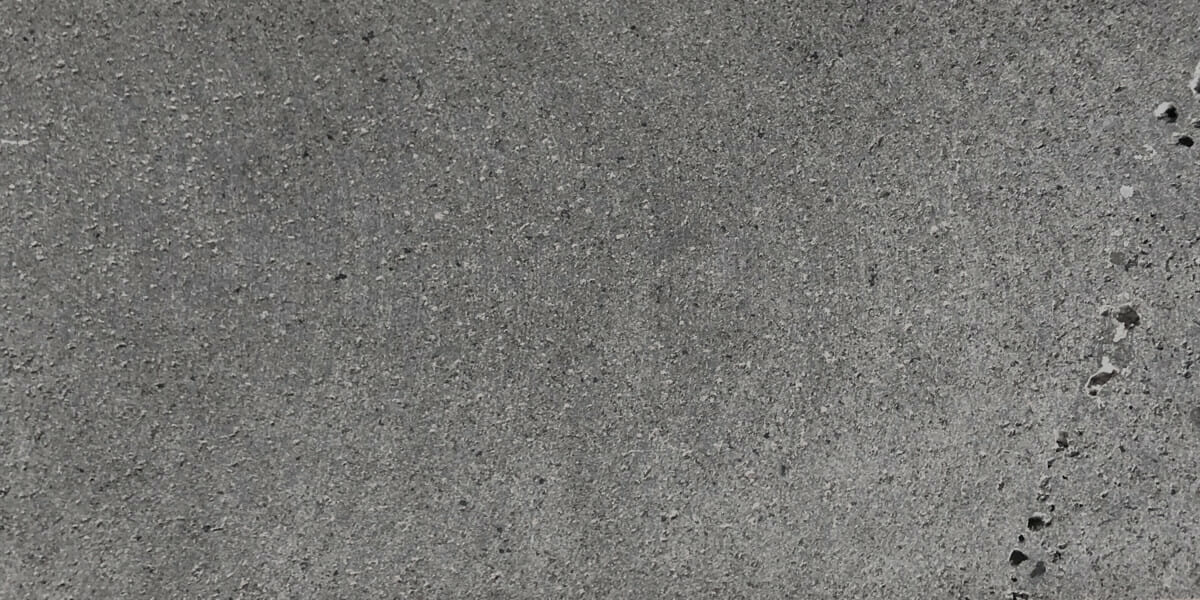
- Flamed finishes are created when an intense flame is fired at the stone, causing the surface to burst and become rough. Flamed bluestone pavers have more grey tones with shades of olive throughout. They are what we call a warm earthy tone.
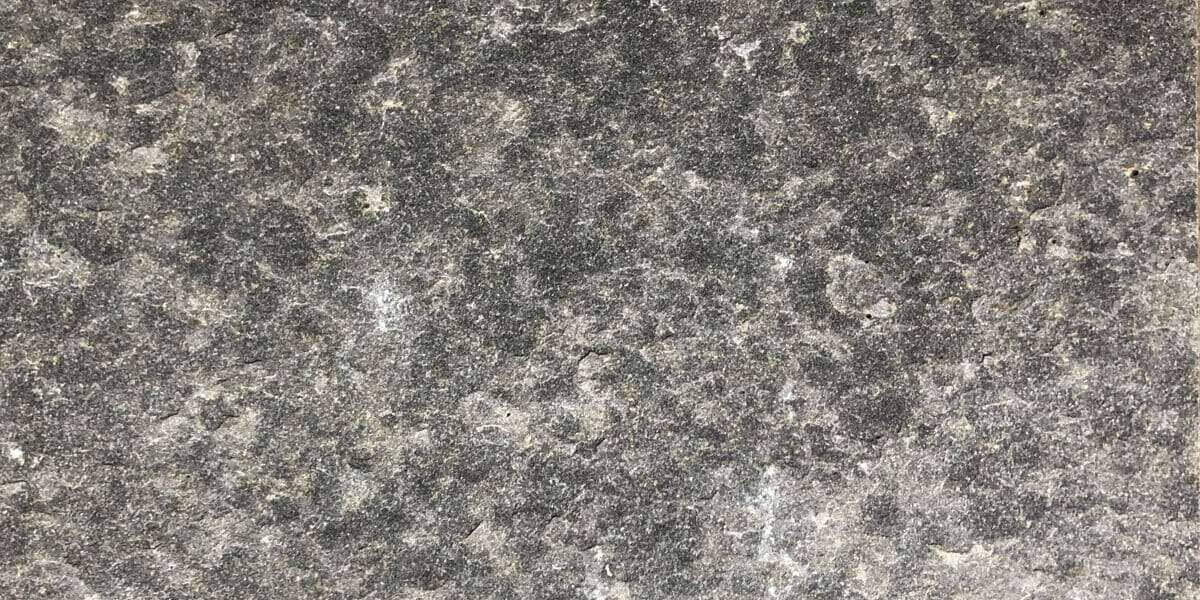
- Bush Hammered finishes are a higher grade version of sandblasting. This finish is created by hitting the stone at high speeds with nails which creates a broken look.
3. Are there any disadvantages with Bluestone?
As it is a volcanic rock with dark pigments, bluestone can get quite hot when exposed to direct sunlight for long periods of time. As such, it can become quite unbearable underfoot.
Due to this, we strongly encourage you to think carefully and consciously about where you want to install these on your property. For example, if you are getting a lot of westerly sun during the day you would want to install a calcite paver (like limestone or marble) because they reflect heat. Alternatively you could also use structural porcelain stone-look pavers as they absorb 35% less heat than natural stones.
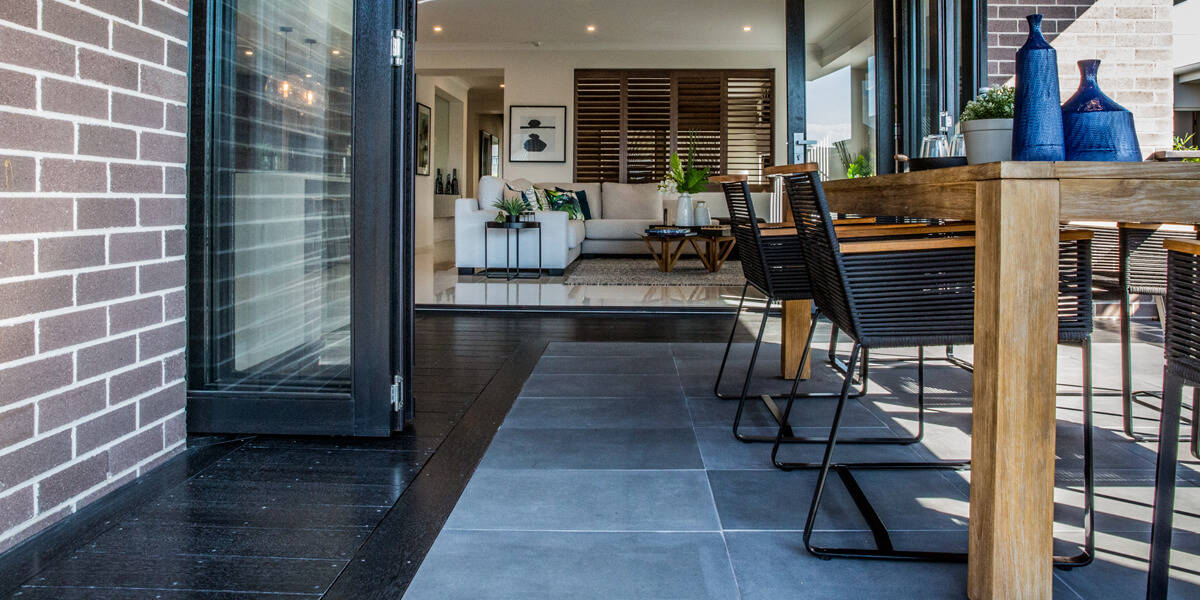
4 What do I Watch Out for with Bluestone?
One thing you must be cautious with bluestone is called ‘Curling’ (also known as cupping).
This is an unfortunate process that can affect poor quality bluestones.
What is this?
Basically it’s when the outer edges of the paver lift before the mortar or adhesive have fully set. This creates a drummy/hollow effect.
The main cause of curling depends on the stone’s density, paver thickness and moisture.
Stone density is a major factor in curling. As density is built over a prolonged period of time, if the bluestone has been quarried close to the earth’s surface it will naturally be less dense. If the stone is quarried from deeper within the earth, it has more layers and has sustained more pressure from the earth’s gravity over time. This makes it stronger and vastly reduces its chances of curling.
Basically, the thicker the paver, the more structural strength it holds. We recommend our customers to use bluestone pavers that are no less than 30mm thick. In the case that you have a concrete slab, you may want to use a thinner bluestone paver. Here we encourage you to choose a trusted supplier and make sure that you use a moisture-sensitive glue.
The speed at which water is absorbed from your mortar really depends on the porosity of the stone.
To find out the best ways to install your bluestone pavers, feel free to contact us.
5. Do the Bluestone Pavers require to be Sealed before laying or grouting?
The short answer is: yes!
You see, whilst bluestone pavers are very dense, they do have many small pinholes throughout them. Because of this, pre-sealing them prior to grouting will make the grouting process much easier.
When it comes to grouting, we recommend that you grout the entire paver and not just the joints. This will protect the stone from getting what’s called ‘picture framing’. If you only grout the joints, the bluestone’s natural pinholes will be filled with the coloured grout but the middle section will be unfilled. When this happens, the middle part will have a different colour to the edges. You want to avoid this.
To help clean any excess grout off the stone post-installation, we suggest using a coat of pre-sealer on the face of the stone.
If bluestone pavers are less than 20mm thick, before you seal them, you want to use a moisture-sensitive glue like the Mapei – Granirapid Kit, to adhere them. Then you must deep seal your tiles with the Aqua Mix Pro-Block adhesive bond breaker sealant.
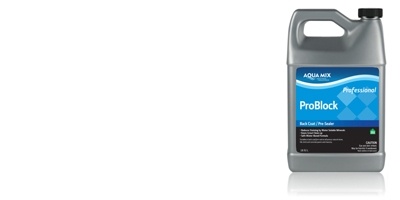
In effect, the pre-sealer will penetrate the stone and prevent any moisture seeping into the stone from the earth or glue. It also helps manage the migration of efflorescence, which is basically when salt from porous material surfaces to the top layer and causes a white coat over the stone.
It is imperative to remove grout haze within 3-10 days of installation. It takes approximately 3 days for the grout to harden. Do not leave this for more than 10 days as it may become too tough to remove and will require mechanical removal, an additional cost that can be avoided.
Lastly you want to add a top sealer to your bluestone pavers. The one we recommend is called Aqua Mix – Sealers Choice Gold.
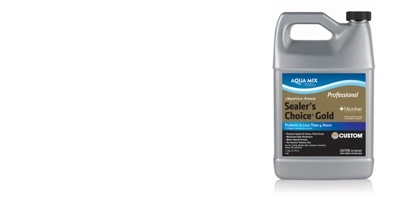
6. How do I Clean my Bluestone Pavers?
If the surface of your bluestone pavers has been left unattended over a period of time with dirt and debris built up, we suggest using Aqua Mix Stone Deep clean or Aqua Mix Heavy Duty Tile and Grout Cleaner to clean the debris.
If these products don’t work, feel free to call us for advice on an alternative method. We can be reached at 1300 560 560.
If you would like to learn more about how to seal and clean bluestone and basalt pavers, click here.
Conclusion
As bluestone is a form of basalt, it is a superb choice for most outdoor entertainment areas.
With mixes of earthy blues and grey charcoals, bluestone oozes with contemporary elegance and has a sophistication that’s hard to match.
In saying this, this is definitely a natural stone paver that requires the correct pre-installation and installation process to ensure a premium finish and longevity of the product.
Sturdy and well-balanced, bluestone pavers can be used to dress a wide range of outdoor areas. With its non-slip surface, many variations of finishes, thicknesses and formats, it’s never been easier to create your unique desired landscape.
If you’d like to find out more, contact us today.
